How (and Why) I Got the Shot
“One Drop of Your Love”
I had an idea to combine a couple of things that I like in one shot – namely bokeh highlights and splash photography. The challenge of combining these two is that it requires keeping a narrow depth of field (I’m at f/2 here) to get big bokeh highlights, but this means that nailing focus on the drop is hard because your depth of field has to remain very small. Here’s how I solved the challenges to get the image here.
Gear Used in this Shot:
Canon EOS M3 Mirrorless Body
Rokinon 50mm f/1.2 AS UMC Lens In Canada: (use code AMPLIS52014 to get 5% off)
Rokinon 50mm f/1.2 AS UMC Lens US and the World:
Metz 64 AF-1 Flash units
Lite Scoop Lite Genius II
Yongnuo Wireless Triggers
Cascable Remote App
Vanguard ABEO Pro 283AT Tripod + GH-300T Head
Yes, this is a long gear list. I probably spent a good 15+ minutes in getting everything set up. Here were my challenges:
- I needed a narrow depth of field, which meant I had to precisely prefocus.
- I then needed the splashes to hit the area where I was focused.
- I needed to balance the light of the foreground with the light of the background.
- I needed to freeze motion.
I setup the great little Rokinon 50mm f/1.2 lens that I am reviewing right now for mirrorless bodies on my EOS M3 body, mounted on my Vanguard tripod. I wanted to get the lens to pretty near minimum focus so that I could get larger bokeh circles. This also meant that depth of field wide open (f/1.2) was really tiny, so I stopped the lens down to f/2 to get a bit larger depth of field. The bokeh circles were a bit smaller, but this also had the advantage of creating uniformly circular shapes across the frame. I set up a shallow serving tray filled with water, and then angled my camera so that it was just skimming the surface of the water with a lot of room for bokeh in the frame. There was a small center indentation in the tray, which allowed for a little more water depth there (slightly bigger splashes) and it also gave me a suitable target for the drops and prefocusing.
Once this was set up, I got a water dropper and prepared to start the drops. I first just tried to time them, but this was tough, as was getting the right volume of water. What I was using to create each drop tended to drop too much or squirt the drops sideways. I had to get the right pressure on the stopper to release even drops and hope they arrived at the right time. I eventually solved this by using the Cascable remote app that I mentioned before. It not only gave me remote wireless control over the camera but also allowed me to program a sequence of 100 shots (like for a timelapse). This allowed me to focus on the drops rather than the camera shutter.
Lighting Challenge
My foreground lighting came through two Metz 64 AF-1 flashes (my current flash units of choice). I feathered the light from them by using a Lite Scoop II and a Super Scoop II modifier (I reviewed these here) to give me big, soft light. I used the Yongnuo wireless triggers (I like them because they are cheap and reliable) to remotely trigger my flash units and used a Yongnuo master commander on the camera so that I could control the power of each flash individually. The challenge was that it was easy to overpower the foreground with light while having the background bokeh very dim because the quantity of light wasn’t nearly as bright in the background. I brought the shutter speed down to 1/200th second (I used manual HSS) which allowed me to use the minimum power setting on the flash units and balance the lighting a little more. The advantage too was the flashes didn’t struggle to recycle for each repeating shot.
The advantage of flash units (strobes) is that they are great for freezing motion. I could have used fixed lights in the foreground, but that wouldn’t have been as effective for freezing motion.
Drip, Drip, Drip
And so, with everything set up, I started the countdown and began the drip process. Because of the narrow depth of field and my somewhat unreliable delivery system on the droplets (I’ve already got improved ideas for that), my results were inconsistent. Many were not perfectly in focus. But I had a number of images that were really cool, including this one. This one caught my eye particularly because of the way the light is trapped in the splash.
In post I added a little more light to the foreground, removed a few specks out of the bokeh (from splashes), and then pulled the saturation strongly towards the reds to emphasize the Valentine timing of the image. Hence my title – “One Drop of Your Love”.
The finished image is one that fits the vision of what I had when I went to set up the shot (the Why), and now you the know the How. I hope this helps your photography and inspires you for a future project.


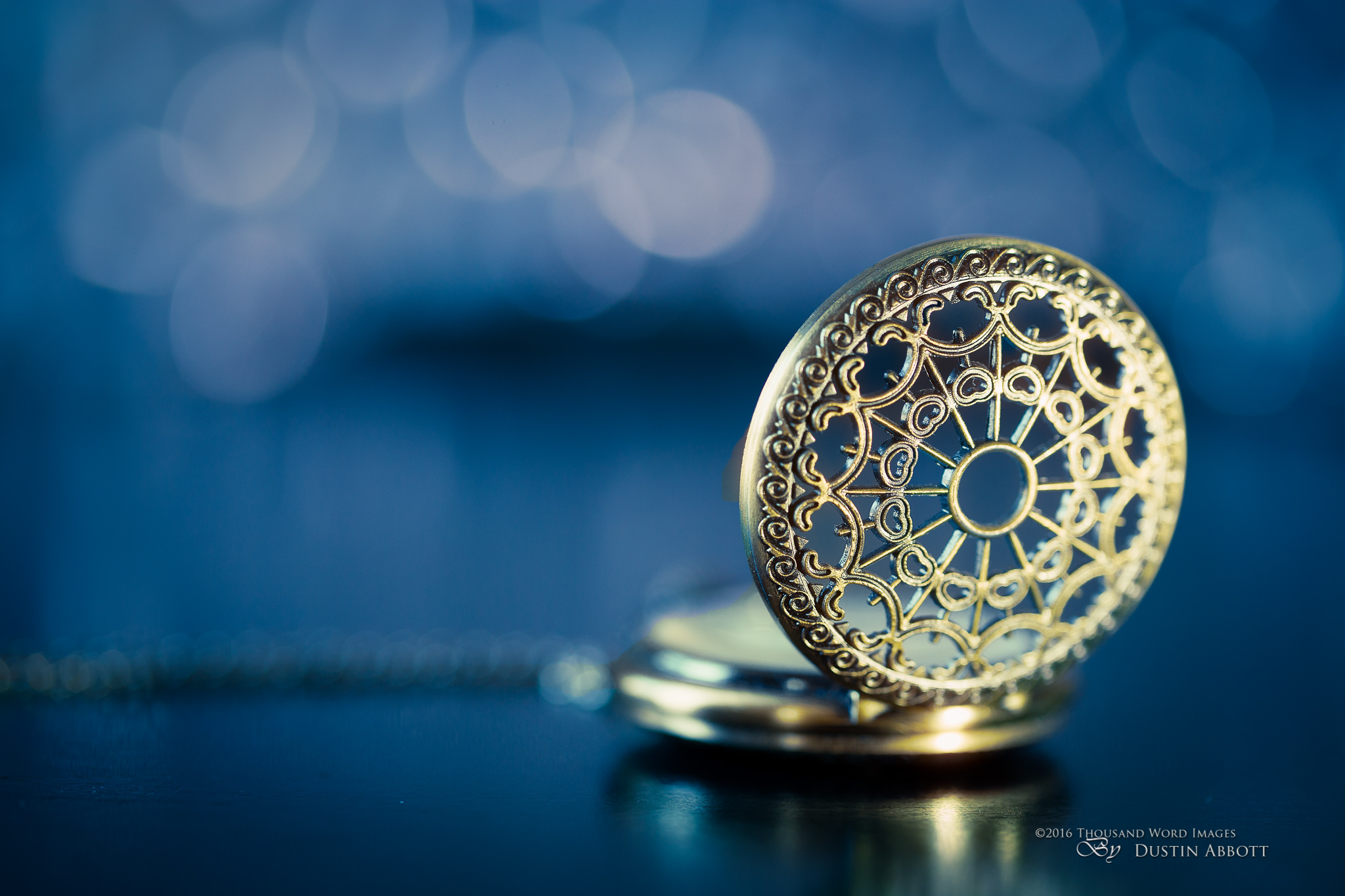
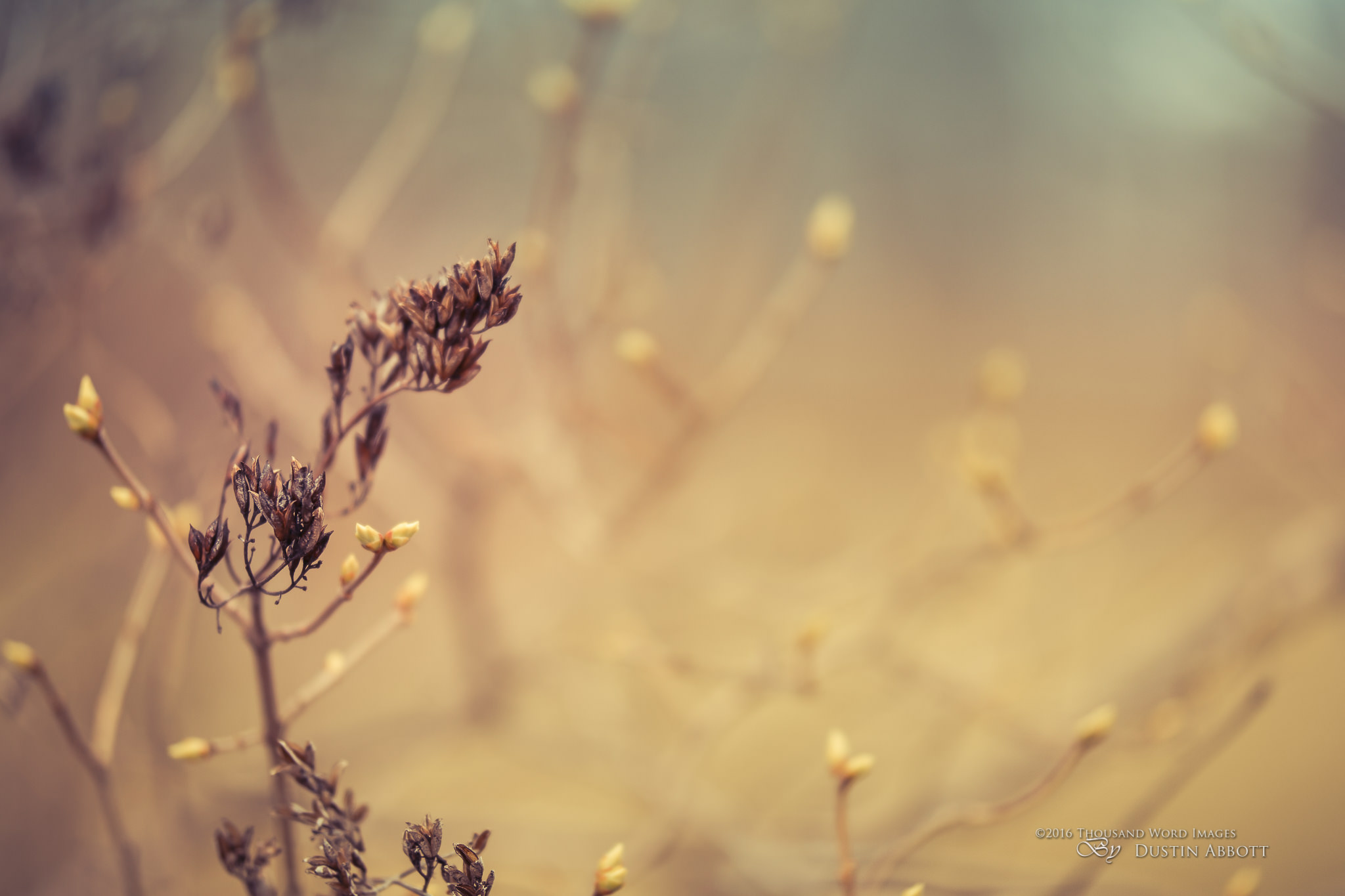
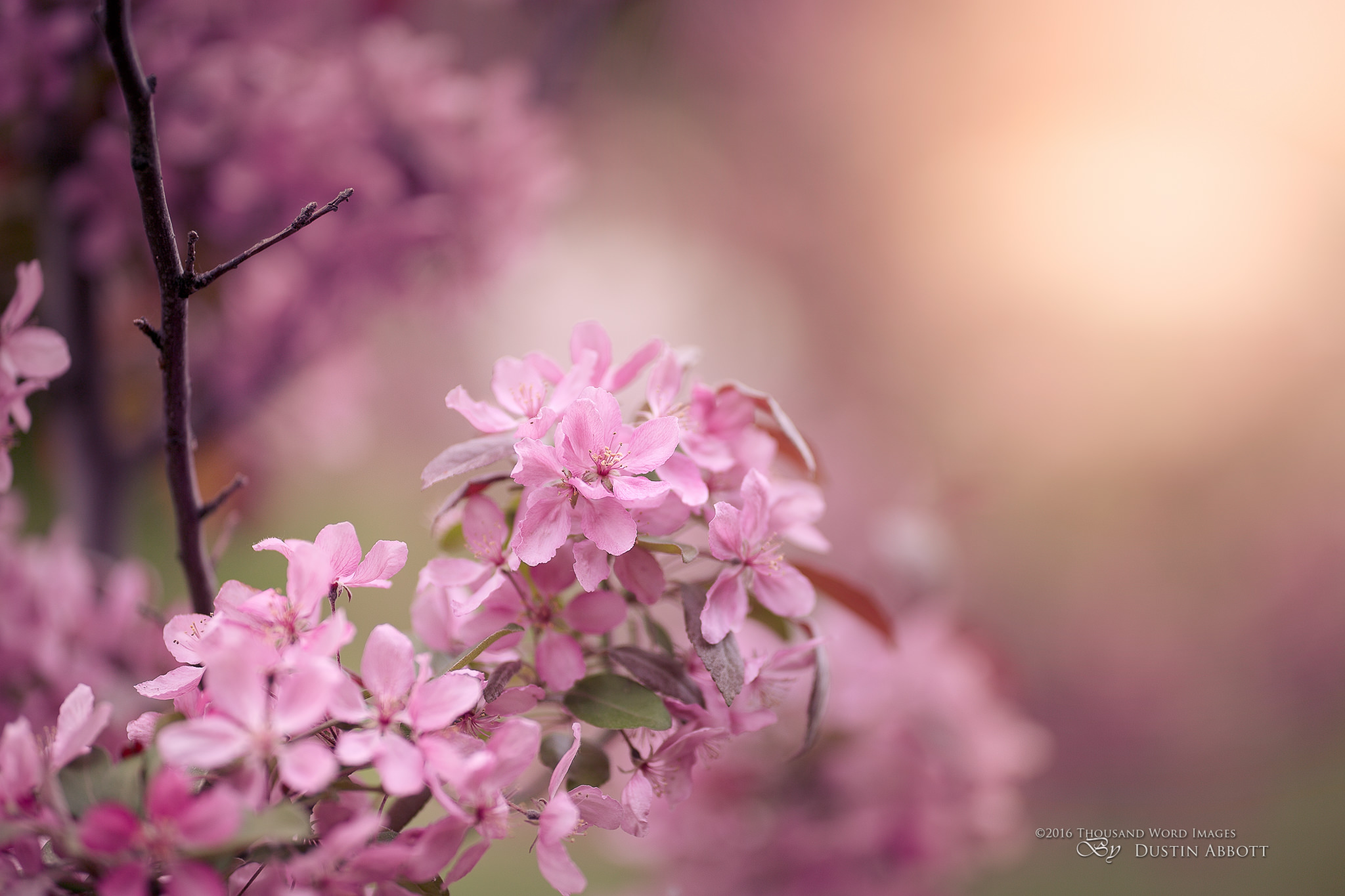
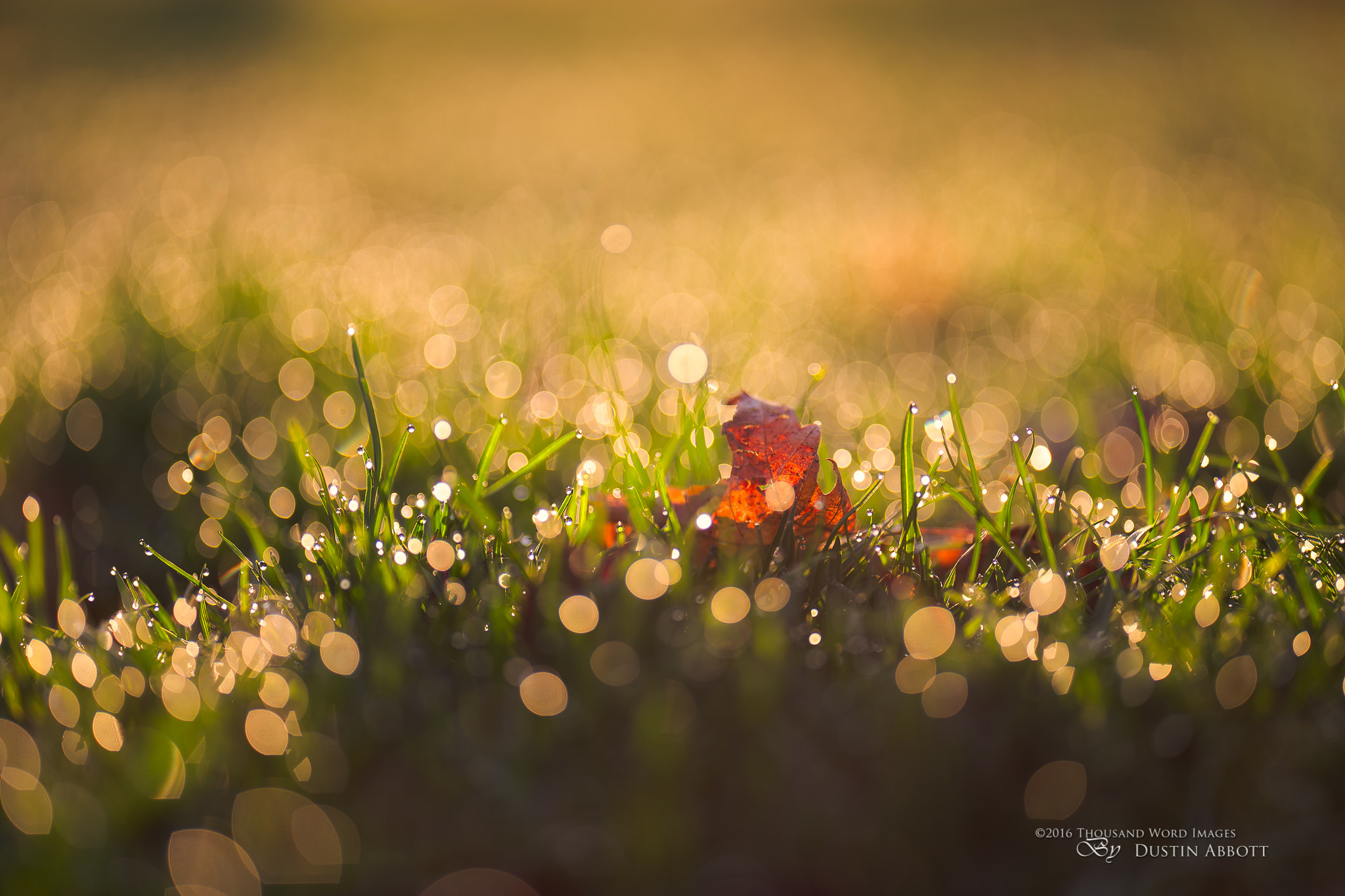
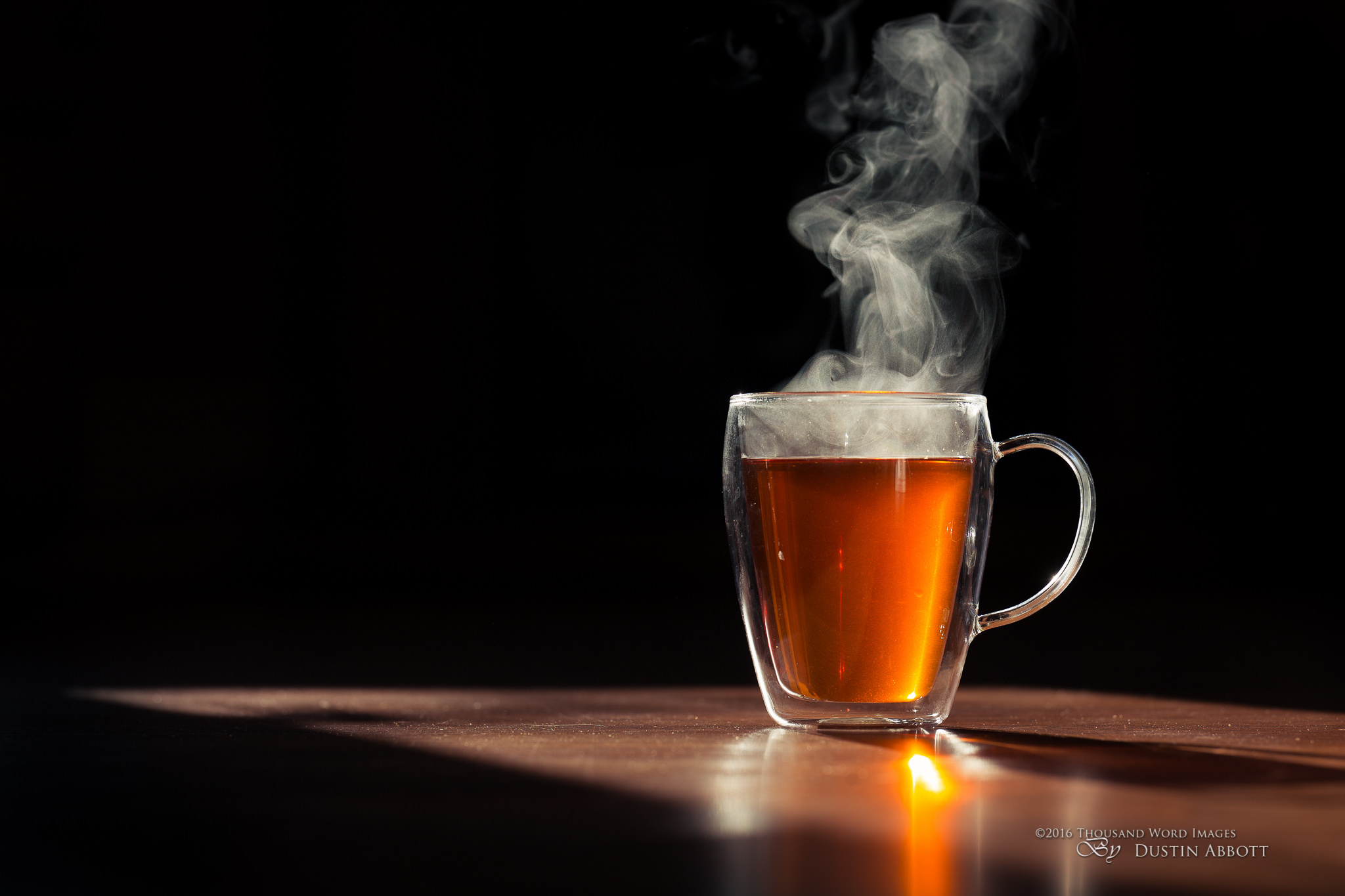
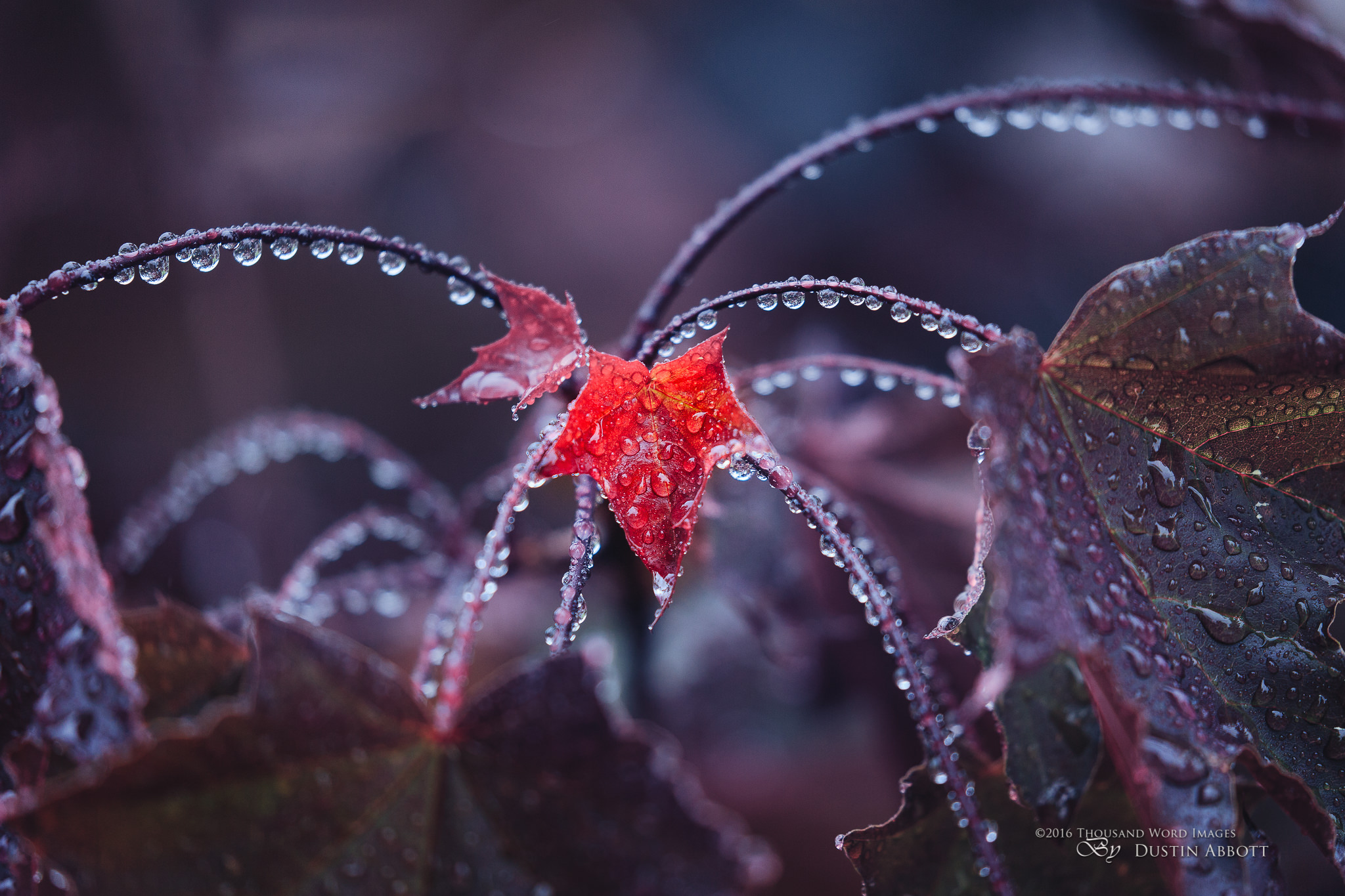
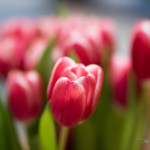

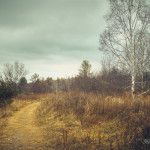



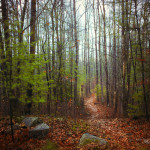
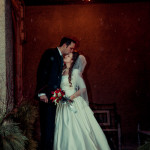

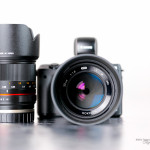
Looks beautiful! Well done Dustin.
Thank you, Johan